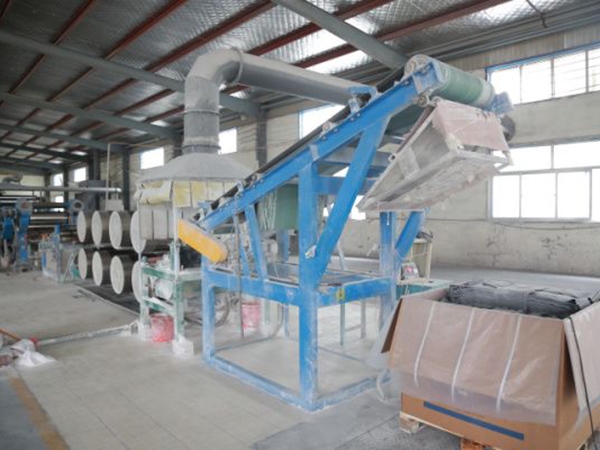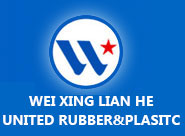Most of the wire and cable products are products with the same cross-section (cross-section) shape (ignoring manufacturing-related errors) and long strips, which are used as features in the system or equipment to form lines or coils. Determined. Therefore, research and analysis of the structural composition of cable products, only need to observe and analyze from its cross section.
The structural components of wire and cable products can be divided into four main structural components: wire, insulation, shielding and sheath, as well as filling components and tensile components. Depending on the product's requirements and application, some product structures are extremely simple.
2. Cable material
In a sense, the wire and cable manufacturing industry is a material finishing and assembly industry. First, the amount of materials is huge. The cost of materials in cable products accounts for 80-90% of the total cost of manufacturing. Second, the types and varieties of materials used are very high, and the performance requirements are particularly high. For example, copper for conductors requires the purity of copper. Above 99.95%, some products use oxygen-free high-purity copper; third, the choice of materials will have a decisive impact on the manufacturing process, product performance and service life.
At the same time, the benefits of wire and cable manufacturing companies are also closely related to whether materials can be scientifically saved in material selection, processing and production management.
Therefore, when designing wire and cable products, it must be carried out simultaneously with the selection of materials. Generally, several materials are selected, which are determined through process and performance screening tests.
The materials for cable products can be divided into conductive materials, insulating materials, filling materials, shielding materials, and sheath materials according to their use parts and functions. However, some of these materials are common to several structural members. In particular, thermoplastic materials such as polyvinyl chloride, polyethylene, etc. can be used on the insulation or sheath as long as some of the formulation ingredients are changed.
The materials used in the manufacture of cable products are very wide, and the variety specifications (brands) are particularly large.
3. Name and material of the product structure
(1) Wire: The most essential essential component of the product for current or electromagnetic wave information transmission.
Main material: Wire is the abbreviation of conductive core. It is made of non-ferrous metal with excellent electrical conductivity such as copper, aluminum, copper clad steel and copper clad aluminum. The optical fiber is used as the wire.
There are bare copper wire, tinned wire; single branch wire, stranded wire; twisted tinned wire.
(2) Insulation: It is a member that is electrically insulated around the periphery of the wire. That is, it can ensure that the transmitted current or electromagnetic wave and light wave travel only along the wire without flowing to the outside, and the potential (ie, the potential difference formed by the surrounding object, that is, the voltage) on the conductor can be isolated, that is, the normal transmission of the wire must be ensured. Function, but also to ensure the safety of external objects and people. Wires and insulation are the two basic components that must be available to form a cable product (except for bare wires).
Main materials: PVC, PE, XLPE, polypropylene PP, fluoroplastic F, rubber, paper, mica tape
(3) Filling structure: Many wire and cable products are multi-core. After these insulated cores or pairs are cabled (or grouped into multiple cables), the shape is not round, and the second is the insulation core. There is a large gap, so it is necessary to add a filling structure when the cable is formed. The filling structure is to make the outer diameter of the cable relatively round to facilitate the wrapping and squeezing of the sheath.
Main material: PP rope
(4) Shielding: It is a component that isolates the electromagnetic field in the cable product from the external electromagnetic field; some cable products need to be isolated from each other between different pairs (or groups). It can be said that the shielding layer is an "electromagnetic isolation screen". The conductor shield and the insulation shield of the high voltage cable are used to homogenize the distribution of the electric field.
Main materials: bare copper wire, copper clad steel wire, tinned copper wire
(5) Cover: When the wire and cable products are installed and operated in various environments, they must have components that protect the whole product, especially the insulating layer. This is the sheath.
Because insulation materials are required to have excellent electrical insulation properties, the purity of the materials must be extremely high, and the impurity content is extremely small; often, the ability to protect the outside world cannot be taken into consideration, so the external environment (ie, installation, use, and use) The tolerance or resistance of various mechanical forces, the resistance to the atmosphere, the resistance to chemicals or oils, the prevention of biological damage, and the reduction of fire hazards must be borne by various sheath structures.
Main materials: PVC, PE, rubber, aluminum, steel strip
(6) Tensile components: Typical structures are steel core aluminum stranded wires, fiber optic cable cables, and the like. In short, tensile strength components play a major role in the development of products that are small, flexible, and require multiple bends and twists.
Main material: steel wire

| PREV:Anti-electricity knowledge | NEXT:Wire and cable model name |




